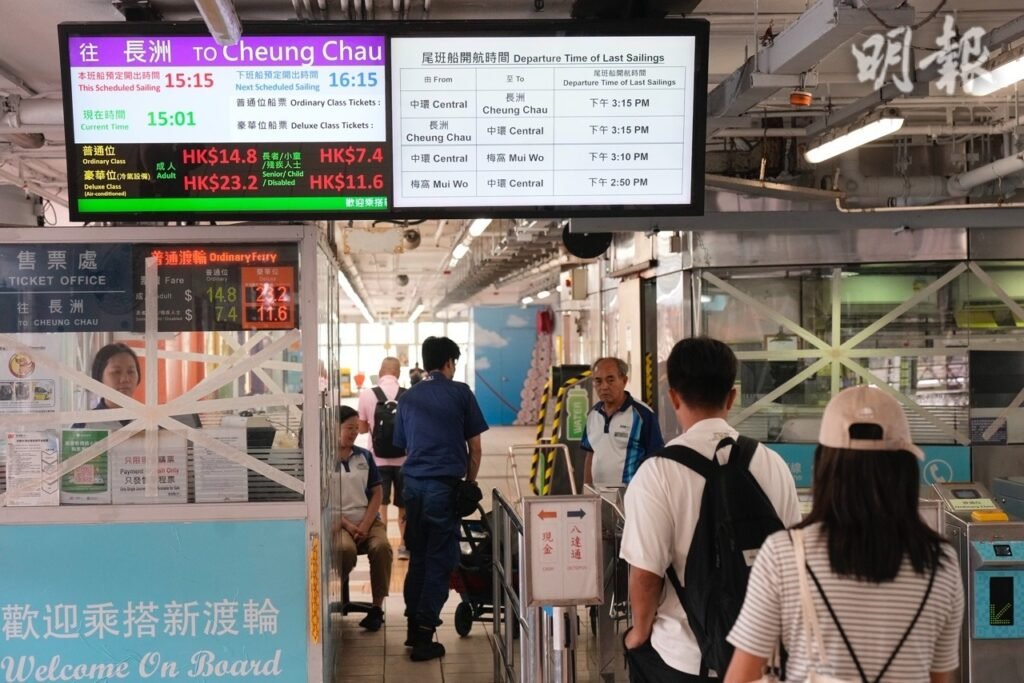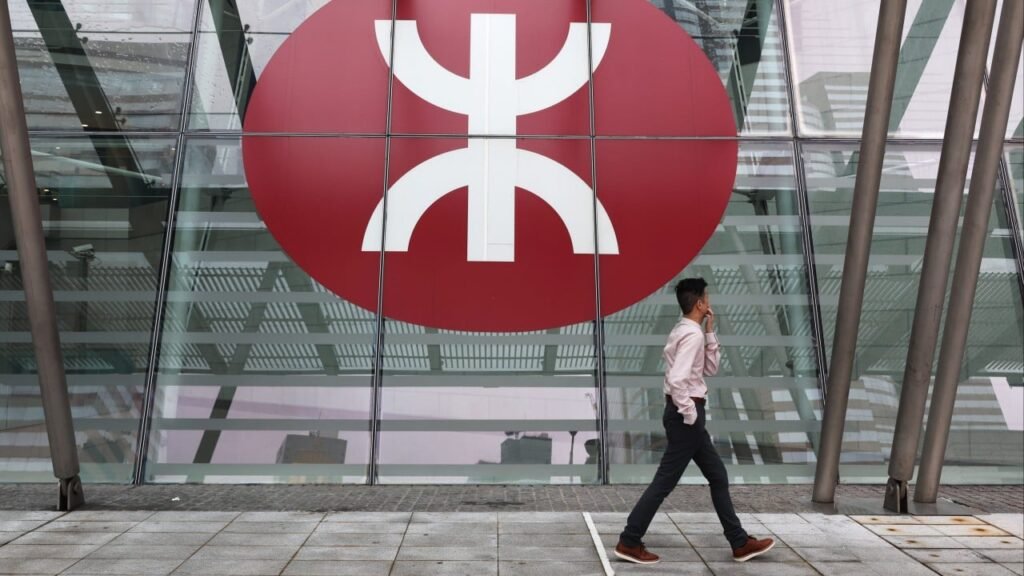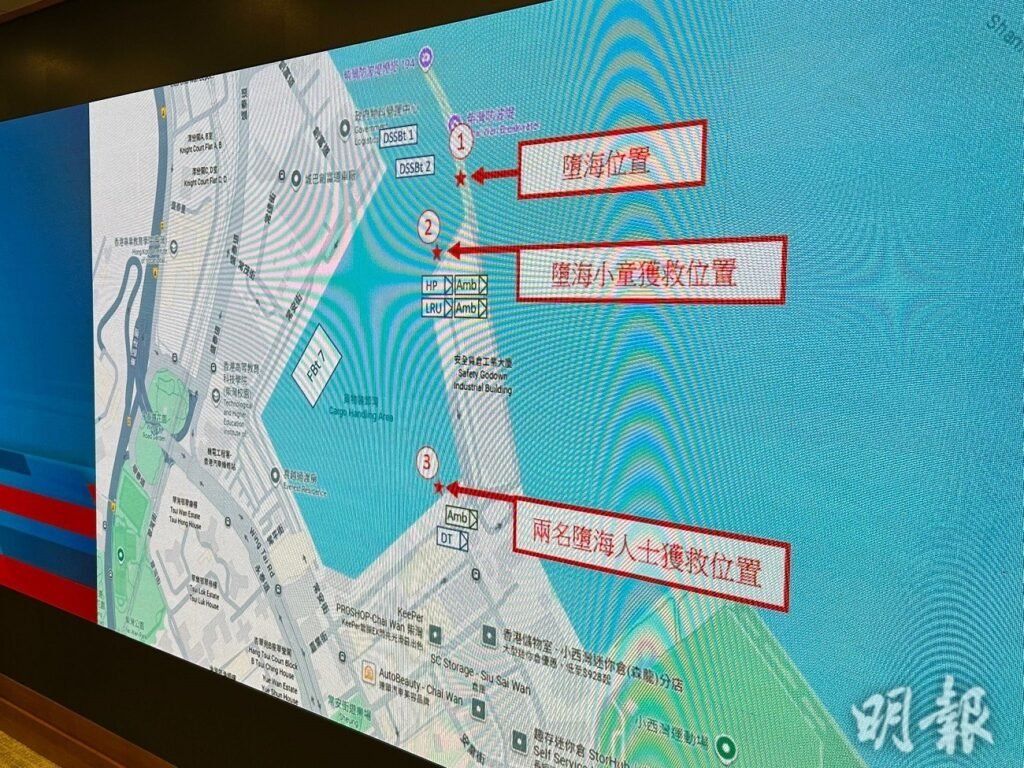
Hong Kong has been positioned as the bridge to mainland and tokenisation has been a big part of the recent story. That may be slowing as Beijing taps the brakes.
getty
Hong Kong has spent two years positioning itself as Asia’s most pragmatic lab for digital assets: the SFC laid out how tokenised funds and securities can be offered to the public, while the HKMA stood up Project Ensemble to pilot tokenised deposits, PvP/DvP settlement, and even wholesale CBDC as settlement money. Then Beijing tapped the brakes.
According to Reuters, China’s securities regulator has quietly asked several mainland brokerages to pause their real-world asset (RWA) tokenization activity in Hong Kong, a reminder that China’s capital-markets policy and Hong Kong’s digital-asset ambitions must still rhyme, even when they don’t sing the same tune.
The move doesn’t erase Hong Kong’s rulebook, but it injects uncertainty into one of the city’s most dynamic niches. It also lands at a delicate moment: the SFC’s 2023–24 guidance sought to demystify tokenised securities and tokenised SFC-authorised products, shifting from treating everything as a “complex product” for professionals only, to a substance-over-form approach that focuses on the underlying asset and disclosure quality. In parallel, the HKMA has been promoting tokenized deposits and developing an interbank sandbox that several banks have already connected to for live experiments. For issuers, that combination was a green light to structure tokenised money-market funds, short-dated credit, and private funds with bank-grade settlement.
Beijing’s nudge changes the near-term calculus, especially for mainland-affiliated brokerages and property developers that had set up digital-asset units in Hong Kong. Recently, Reuters wrote about Seazen Group exploring RWA tokenization via a Hong Kong vehicle to ease liquidity constraints, a sign of how quickly traditional issuers were circling the opportunity. If the CSRC is now signalling “not yet,” those programs won’t vanish, but they will slow, re-scope, or migrate to less sensitive asset classes while supervisors compare notes.
Why pump the brakes now?
Three forces are colliding.
First, financial-stability optics. Tokenising credit-sensitive Chinese assets in a period of ongoing property-market stress risks creating the perception of maturity transformation via a new wrapper. Even if the Hong Kong structure is robust, bank-held reserves for tokenised deposits, clear redemption windows for tokenised fund shares, the headline risk of “tokenised mainland risk sold offshore” is real. Beijing has little appetite to see an instrument it does not fully control become a pressure valve for stressed balance sheets.
Second, perimeter clarity. Hong Kong has codified how tokens that represent securities and SFC-authorised products should be structured and sold. Mainland China, by contrast, bans crypto trading and has not yet consolidated a mainland rulebook for tokenised financial instruments. Asking Chinese brokers to pause RWAs in Hong Kong buys time to synchronize definitions, disclosures, and prudential expectations. It also prevents an unforced mismatch where a tokenised product can be issued and distributed under Hong Kong rules but is marketed, implicitly or explicitly, to mainland clients without aligned safeguards.
Third, sequencing with “tokenised money.” Hong Kong is pushing tokenised deposits and wCBDC as the settlement layer for tokenised assets. That’s sensible: money first, assets second. If Beijing wants to ensure that any tokenised Chinese assets settle in regulated tokenised money, not in unregulated stablecoins or cross-border crypto rails, a temporary pause until money-leg policy is fully harmonised is prudent. The HKMA has been explicit that Ensemble’s purpose is to build the FMI for tokenised settlement; the Policy Address even calls out tokenised money-market fund settlement with tokenised deposits as a priority path to production.
What it means for issuers, banks and platforms
For Chinese brokerages and issuers, the guidance likely means re-prioritizing lower-beta RWAs (e.g., tokenized money-market funds, short-duration government/policy bank paper, or trade receivable pools with transparent waterfall logic) over those tied to onshore real estate or opaque private credit. The SFC has already laid out disclosure and operational expectations for tokenised products; the challenge is not Hong Kong’s tolerance, but mainland comfort with the look-through to underlying risk and investor access.
For banks, the direction of travel is intact: double down on tokenised deposits integration, PvP/DvP workflows, and interbank settlement testing in the Ensemble sandbox. Whether or not a given Chinese issuer pauses RWAs, the money-leg innovation, tokenised commercial-bank money, and, eventually, wCBDC, is the strategic moat. Banks that can demonstrate atomic settlement, programmable escrow, and clean audit trails for supervisors will be first in line when cross-border pilots re-accelerate.
For global asset managers using Hong Kong as a distribution hub, the message is to separate the wrapper from the risk. Tokenisation remains viable for plain-vanilla funds aimed at operational efficiency (faster T+0/T+1 settlement, fractionalisation, automated corporate actions). The SFC has already showcased tokenised retail funds and authorised-product pathways; the pause is about who is issuing what, not about tokenisation per se.
The broader geopolitics of tokenisation
It’s tempting to frame this as “Mainland vs. Hong Kong.” The better frame is “policy sequencing.” Hong Kong wants to prove that regulated tokens, of money and assets, can make markets safer and more efficient. Beijing wants to ensure that any offshore tokenisation of onshore-linked risk aligns with capital-account management, macroprudential goals, and consumer-protection optics. Those are not mutually exclusive. But they require a choreography that today’s market fascination with RWA yields tends to ignore.
Meanwhile, Hong Kong continues to push the infrastructure agenda. Project Ensemble is live in sandbox with participating banks connected, and officials have been urging banks to introduce tokenised deposits and promote live tokenised-asset transactions—including settlement of tokenised money-market funds with tokenised deposits. That is the part of the stack where regulators everywhere are most aligned: banks, bank liabilities, central-bank money, and securities law that looks familiar, even if the ledger is new.
This isn’t just a China-Hong Kong story. The RWA conversation now threads through several of the world’s busiest corridors and Beijing’s pause will influence how others pace their own tokenisation agendas.
What to do, now
If you’re a mainland-affiliated broker or issuer, assume the pause is real, even if informal, and document how your tokenised product pipeline maps to onshore policy comfort: asset class, investor eligibility, marketing perimeter, and money-leg safeguards. Shift into “disclosure-rich, liquidity-first” RWAs (treasuries, money-market funds, short-dated high-grade credit) with tokenised-deposit settlement to keep learning without political risk.
If you’re a bank, make tokenised deposits a 2025–26 deliverable, not a demo. Join the Ensemble community if you haven’t, plug into the sandbox, and ship the operational plumbing: wallet controls, programmable escrow, event logs, reconciliation against core banking, and regulatory reporting hooks. The first-mover advantage won’t be in marketing, it will be in being production-ready when the next wave of pilots cross the interbank line.
If you’re a global manager, treat Hong Kong as the wrapper lab and Singapore as the stablecoin policy lab and plan to use both depending on the instrument. Tokenise what benefits from faster settlement and fractional distribution, not what needs regulatory alchemy. Keep an eye on Seazen-style corporates: when the pause lifts, real-economy issuers with clean structures and audited flows will come back with better product-market fit and supervision-ready disclosures.
The takeaway
China didn’t kill RWA tokenization; it asked its biggest capital-markets actors to wait so that money, risk, and market-structure policy can catch up with technology. Hong Kong’s core bet: regulated tokens, tied to familiar law and bank money, still looks right. If anything, the CSRC’s pause underscores the path to scale: tokenise money first, then tokenise assets that behave like money (treasuries, MMFs), and only then migrate up the risk curve. For other corridors—Gulf–Asia, EU–Asia, US–LATAM—that sequencing is the signal to copy. The wrapper will not save a bad asset; the rail will save a good one time and cost. The markets that remember the difference will win the next phase of digital finance.








